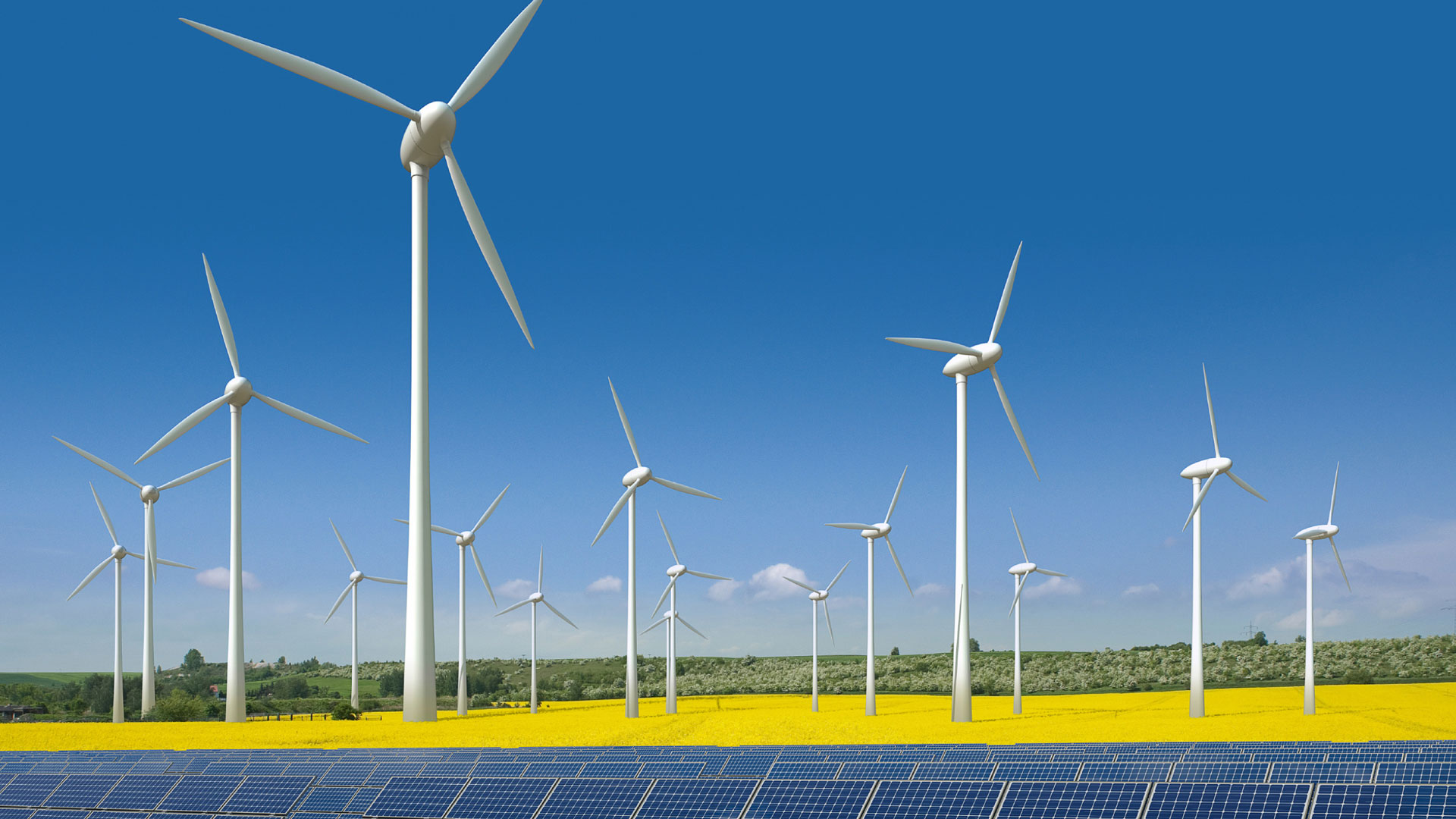- Authors
- Rainer Baake, Patrick Graichen, Daniel Fürstenwerth, Alexandra Langenheld, Markus Steigenberger, Heiko Stubner, Lars Waldmann
- Publication number
- 010/03-I-2013/EN
- Version number
- 1.0
- Publication date
-
1 February 2013
- Pages
- 40
- Project
- Produced within the framework of 12 Insights on Germany's Energiewende
This content is also available in: German
12 insights on Germany’s Energiewende
A discussion paper exploring key challenges for the power sector

Preface
In June 2011 the German Parliament ended a long debate of several decades over the future of the country’s energy system with a historical decision. It was historical because of its ambitious goal: Germany wants to transform its power sector from nuclear and coal to renewables within the next four decades. The decision was also historical because it was an almost unanimous vote, a consensus of ruling and opposition parties.
This transition of Germany’s energy system is called Energiewende. Germany will phase out nuclear energy; the remaining nuclear power plants will be gradually closed down by the end of 2022. The country’s targets to transform its energy system are summarized below. Since the long-term targets are in place – the big question remaining to be answered is how to accomplish these goals. Namely, how to manage the transition from a fossilnuclear system to a mainly renewable energy system at the lowest possible cost and without compromising the high standard in system reliability?
Our attention is focused on the next 10 to 20 years, or the period up to 2030. We know from numerous studies and scenarios that the power sector will be crucial in this transition. This sector is where key decisions have to be made in coming years – from reforming the energy market design to infrastructure planning. Knowing that the time horizon for implementing such decisions in the energy sector should be contemplated in decades rather than years, the need for urgent action is becoming more and more obvious. For these reasons this paper focuses on the power sector.
The “12 Insights on Germany’s Energiewende” specifically describe the German context. However, we strongly believe that many of the developments we currently see in Germany will be highly relevant for other countries and regions as well – certainly, but not only, in Europe where Germany is a key part of the integrated energy system.
Our main insight – entitled “It’s all about Wind and Solar” – certainly applies beyond Germany, as wind and solar are abundantly available in most regions of the world and production costs are going down rapidly. In many countries, wind power and photovoltaics will form the basis of a future, low-carbon energy system and bring with them similar challenges that Germany is facing today. We leave it to the reader to make up his or her mind on this assertion – and we look forward to any comments and ideas in this regard.
Bibliographical data
Downloads
-
pdf 3 MB
12 Insights on Germany’s Energiewende
A Discussion Paper Exploring Key Challenges for the Power Sector

